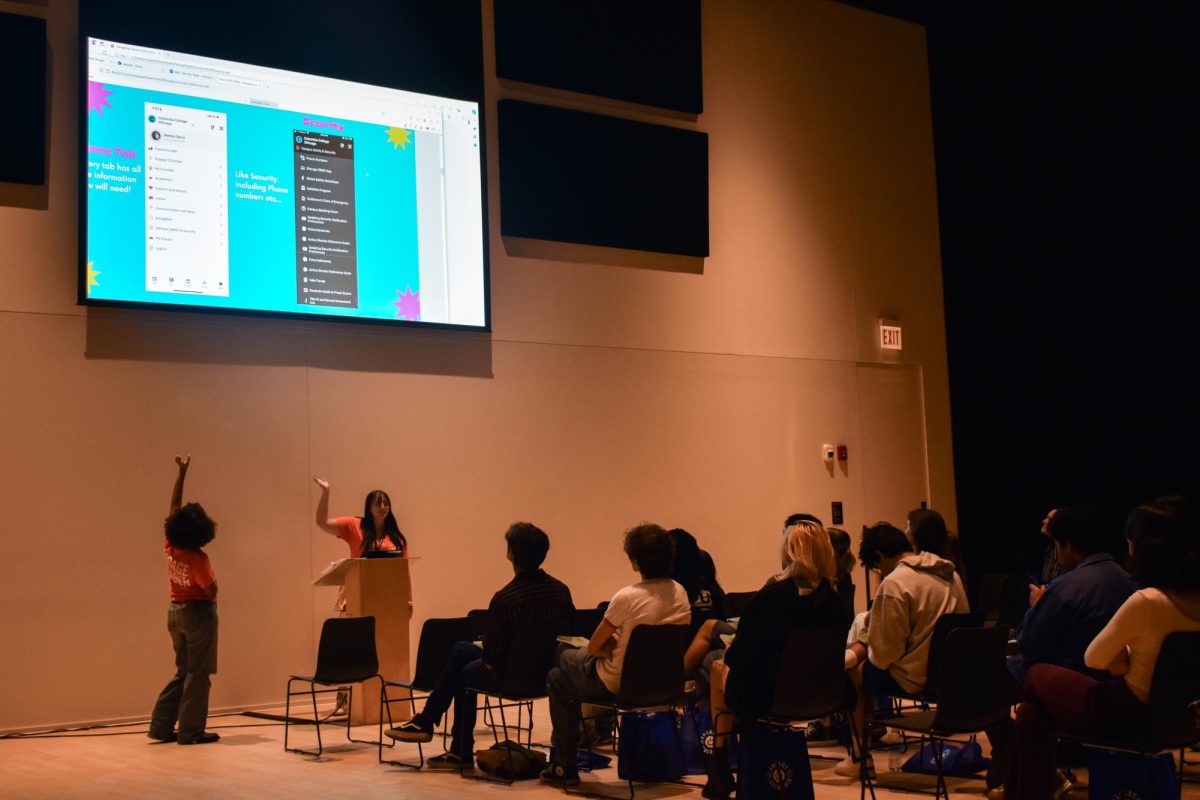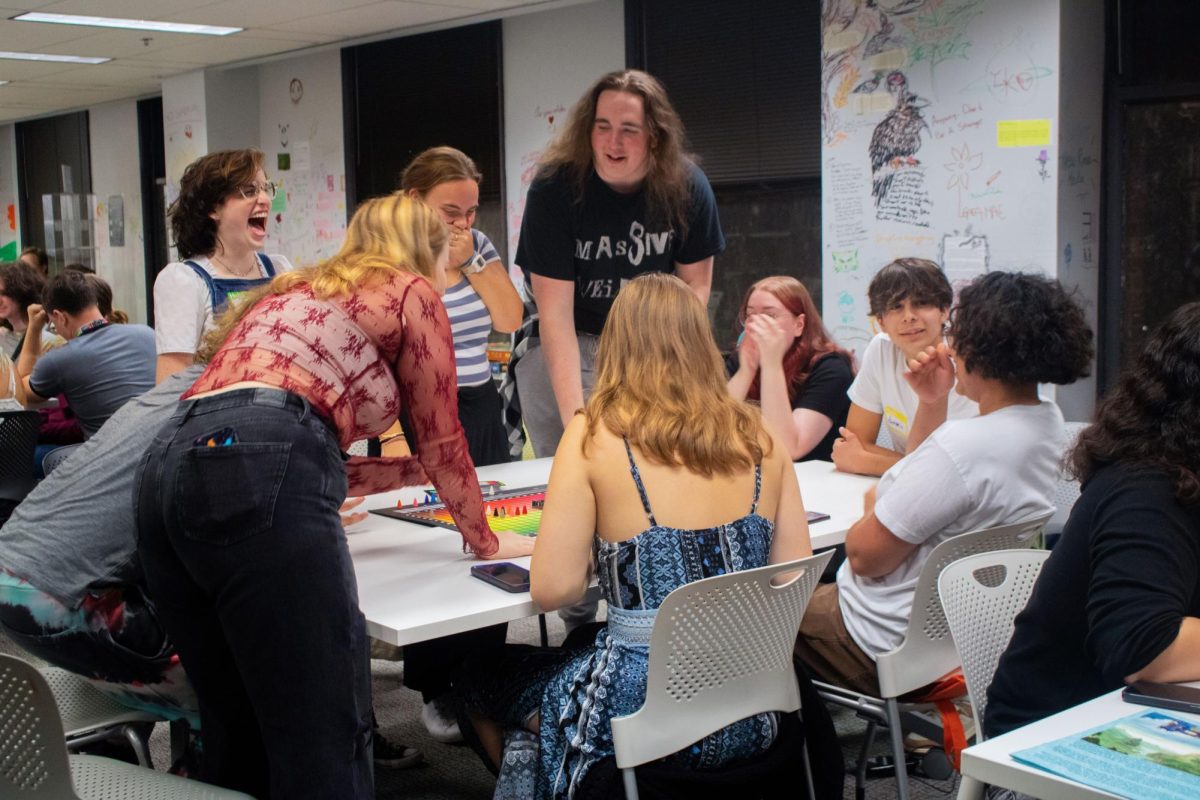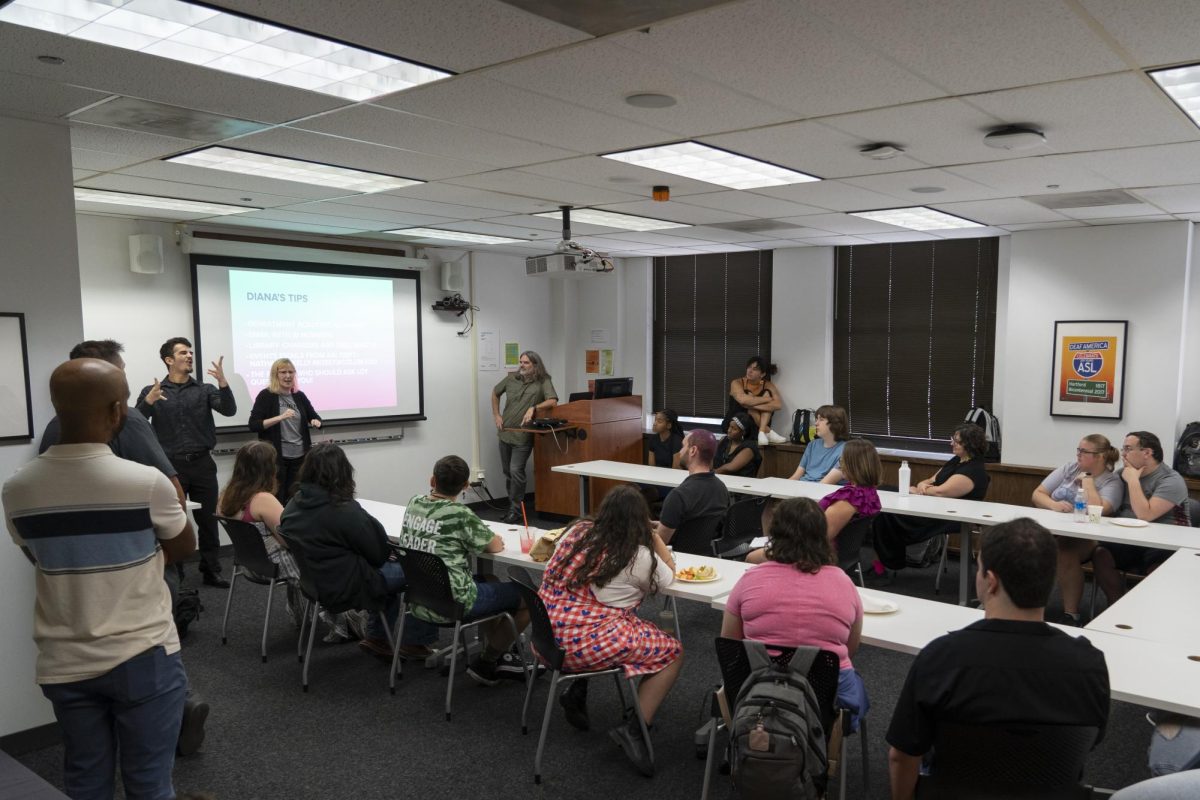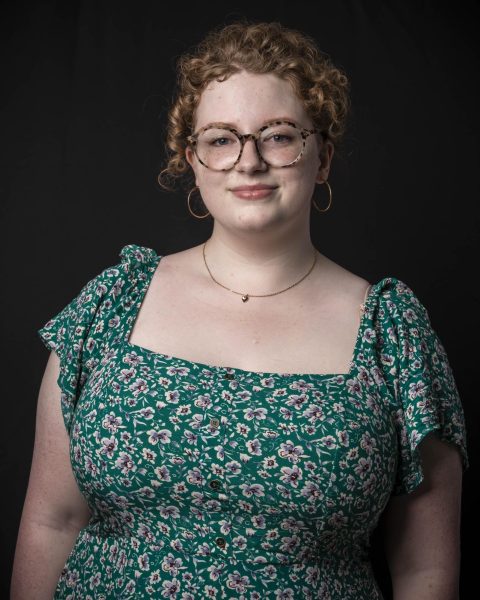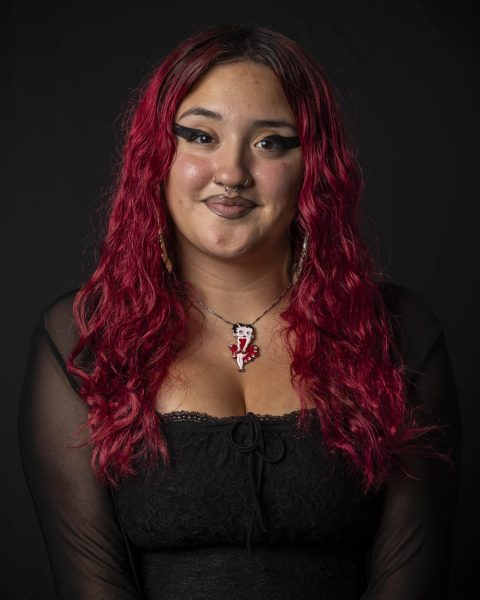The college began holding orientation sessions for incoming first-year and transfer students on July 15 in the Student Center.
The college is expecting about 1,200 new students to attend.
Orientation sessions include presentations related to academic and campus resources, as well as information about navigating and staying safe while living in Chicago. There will be two weeks of daily in-person orientation sessions followed by one week of virtual orientation sessions.
Interim President and CEO Jerry Tarrer spoke to the new students and their guests at the beginning of the day around 9 a.m.
In his speech on July 16, Tarrer spoke about the employability of Columbia graduates and the college’s commitment to diversity. He also acknowledged current financial challenges colleges and universities are facing.
“We really are being called to task to evolve our business model so we can better serve students and families. Columbia is no exception.”
Columbia is trying to mitigate its $38 million deficit. Changes made so far include layoffs of staff and restructuring of academic departments.
The college laid off 70 people on May 30, including 53 staff union members. The 16 current academic departments will be merged into eight new schools on Aug. 1.
“True to our nature as resilient creatives and as a testament of our longevity, our ability to endure, we will and we are rising to the occasion,” Tarrer said.
After welcome speeches, students were separated into small groups led by Engage leaders while their guests attended separate presentations.
Camryn Gillon is a first-year animation major from Chicago. She became interested in Columbia because her mother is an alum, and she was familiar with the college as a local institution.
“I will say it’s a lot of presentations, but I understand the importance of them, of course. There were a lot of things they told students like, ‘Oh you can go do this to meet new people,’” Gillon said.
Brian Marth, associate provost for academic services, addressed guests with a presentation about academic resources, graduation requirements and class registration.
Marth explained recent changes to academics like the number of required core credits, which was reduced from 42 to 30 of the 120 total credits required for a degree.
“By reducing the core, they’ll have more room to explore,” Marth said.
The orientation itself was also subject to changes this year.
Senior fashion major and head Engage leader Lorena Castro said that orientation is operating with a smaller team of student leaders than in past years due to cuts. Engage leaders are paid student employees.
“Our team used to be an entire 22 students, but now we’re down to only 15 of us,” she said.
Castro said she only found out during the last few weeks of the spring semester that there would be fewer positions for Engage leaders, which affected planning for orientation.
“We didn’t have too much time to prep. We were kind of caught a little bit off guard. We kind of just moved forward with it.”
Enrollment trends at the college have continued to plummet, despite retaining more incoming sophomores than past years, Columbia is expecting about 1,000 fewer total students in the fall, although it won’t know for certain until a few weeks after school starts.
This year, Engage leaders spent more time with students in smaller groups to create more direct interaction.
“It’s been a lot easier for students who are not as outspoken are able to have those conversations in a smaller group,” Castro said.
First-year animation major Nicola Manigel said she felt like students were encouraged to socialize with each other at orientation.
“I see people connecting with each other but at the same time, from a freshman perspective, people are still shy,” she said. “I want to see how they’ll encourage and keep encouraging different social levels to engage with each other.”
Copy edited by Doreen Abril Albuerne-Rodriguez


